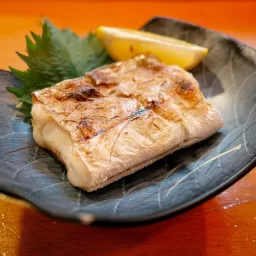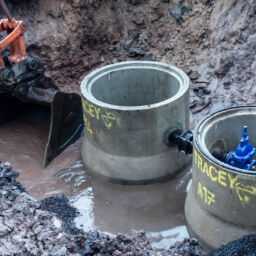Visiting a kitchen store when you are seeking to purchase new cookware can be a confusing experience. You’ll see all kinds of terminology referenced that is only familiar to cookware enthusiasts, and must as well be in a foreign language to a novice. One such term that you will encounter is “cladding.” What, then, is cladding, and what is its benefit in cookware construction?
Cladding refers to the cookware construction practice of using a metal that is an excellent conductor of heat, such as aluminum or copper, and lining it with stainless steel. You may be asking, “If aluminum is such an excellent conductor of heat, why would you want to line it with stainless steel?” Actually, there are several reasons for this. Although aluminum is lightweight, and provides even heat if it is thick enough and is an exceptionally good conductor of heat, it has major drawbacks when used for cookware. Aluminum reacts chemically with acidic or alkaline foods and makes food have an off, metallic flavor. As well, this same chemical reaction can cause foods to change color, often creating an unappetizing grey appearance.
On the other hand, stainless steel is a non-reactive metal, meaning that acidic or alkaline foods do not have any effect on it, and it is easy to keep clean. Unfortunately, stainless steel is a poor heat conductor. By bonding it to the aluminum as a lining, the best properties of stainless and aluminum are preserved.
So “cladded” cookware is cookware composed of a excellent conducting heat conducting metal such as aluminum to stainless steel. Sometimes you will also see the term “fully-cladded.” Fully-cladded cookware is composed of an excellent heat conductor such as aluminum or copper sandwiched between an inner and outer layer of stainless steel. You might think that this fully-clad cookware would be far superior in performance to cladded cookware, but this is not necessarily the case. If the inner layer of aluminum is made thinner in fully-clad than in regular cladded cookware because of the dual layers of stainless, the evenness of the cookware’s heating and ability to retain heat can be impaired. Always ask what the thickness of the inner aluminum layer is before purchasing clad or fully-clad cookware.
Both cladded and fully-cladded cookware ofter benefits over cookware composed only of aluminum or stainless steel. There are many price points of various clad and fully-clad cookware available, but plan to invest much more than you would in cookware composed only of aluminum or stainless steel. Although clad or fully-clad cookware is definitely more expensive than the alternatives, it is very durable and can last for 25 years of more use, making it an excellent investment for the long term.
BY by GAHZLY
El Sewedy wire prices 2022
#Cladding #Claddings #Benefit #Cookware #Construction


